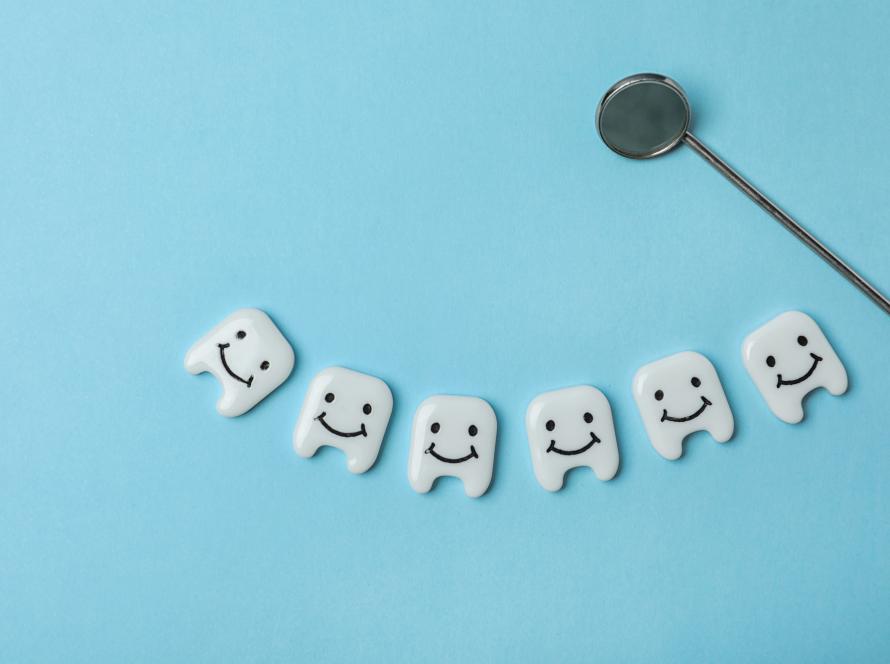Tooth extraction for kids is a common concern among parents, yet the process often feels overwhelming or even frightening. While pediatric dental care focuses on preserving natural teeth, sometimes an extraction is the best course of action. This guide will take a fresh, unique perspective on the topic—framing it as a positive and proactive step in your child’s dental journey.
When Does a Child Need a Tooth Extraction?
The idea of removing a tooth may sound daunting, but understanding the reasons behind it can make the process easier to digest. A children’s dentist may recommend a tooth extraction for kids in the following cases:
1. Stubborn Baby Teeth
Some baby teeth refuse to leave the stage when it’s time for their permanent replacements to take over. When a baby tooth overstays its welcome, it can create crowding or misalignment. Extracting it can help pave the way for a healthy, well-aligned adult smile.
2. Severe Tooth Decay or Infection
Even with good pediatric dental care, some children experience extensive cavities or infections that make saving a tooth impossible. In these situations, removal helps to prevent pain and prevent the infection from spreading to other teeth or even the jawbone.
3. Orthodontic Needs
Before orthodontic treatment, some children may need extractions to make space for their permanent teeth to align properly. This step ensures a smoother path for braces or other alignment treatments.
4. Dental Trauma
Accidents happen—whether it’s a fall at the playground or a sports-related injury. Extraction might be necessary to prevent further complications if a tooth is damaged beyond repair.
How to Prepare Your Child for a Tooth Extraction
Every child reacts differently to the idea of a tooth extraction. Some might be anxious, while others may feel curious or indifferent. Your approach as a parent can set the tone for a smooth and stress-free experience.
1. Keep It Positive
Avoid words like “pain” or “pulling.” Instead, explain that the children’s dentist is going to “wiggle” the tooth out to make space for a new one. Emphasize that their mouth will feel much better afterward.
2. Introduce the Dentist as a Friend
If your child is already familiar with their pediatric dental care provider, they may feel more comfortable. Let them know that their dentist is there to help their smile stay strong and healthy.
3. Discuss Sedation Options
For children with high anxiety or for more complex extractions, pediatric sleep dentistry might be an option. This can help them stay calm, relaxed, and comfortable throughout the procedure.
The Extraction Process: What to Expect
Most pediatric dental extractions are quick and straightforward. Here’s a step-by-step breakdown of how it usually unfolds:
- Numbing the Area: The dentist will apply a topical anesthetic to numb the gums, followed by a local anesthetic to ensure a comfortable, painless procedure. Pediatric sleep dentistry may be recommended if the child is young or experiences dental anxiety.
- Loosening the Tooth: The children’s dentist will use special dental tools to loosen the tooth from its socket gently.
- Removing the Tooth: It is carefully removed once the tooth is loose.
- Managing Bleeding: The dentist will place a gauze pad over the socket to control bleeding and promote clotting.
- Providing Aftercare Instructions: Parents will receive detailed guidelines to ensure a smooth recovery.
Recovery: Making It Easy and Comfortable
After a tooth extraction, proper care is essential to prevent discomfort and complications. Follow these simple aftercare tips:
1. Control Bleeding
Your child will need to bite down on gauze for 30–45 minutes post-extraction. If bleeding continues, replace the gauze and have them bite down again.
2. Pain Management
Mild discomfort is normal. Over-the-counter pain relievers (as recommended by your pediatric dentist) and a cold compress can help ease any soreness.
3. Soft Foods Only
Stick to soft foods like smoothies, shakes, yogurt, or mashed potatoes for the first day or two. Avoid hot or crunchy foods that may irritate the extraction site.
4. No Straws or Spitting
Drinking through a straw or spitting forcefully can disrupt the blood clot in the socket, potentially causing a painful condition called dry socket. Encourage gentle rinsing instead.
5. Rest and Recovery
Allow your child to relax after the procedure. It is best to avoid physical activities for at least 24 hours.
Turning the Experience Into a Positive One
Tooth extractions don’t have to be scary. Make the experience fun by planning a “Tooth Fairy Special” night, where the lost tooth earns them an extra-special treat or a creative reward. Reassure your child that this is a step toward a healthier, stronger smile!
While the thought of a tooth extraction for kids may seem intimidating at first, understanding the process can ease anxiety for both parents and children. Pediatric dental care professionals are trained to make the experience as smooth as possible, using gentle techniques and even pediatric sleep dentistry when necessary. By preparing your child and following proper aftercare steps, you can ensure a stress-free recovery and a healthy, happy smile.
If you have any concerns about your child’s dental health, always consult with a trusted children’s dentist. They will provide the best guidance tailored to your child’s needs.


